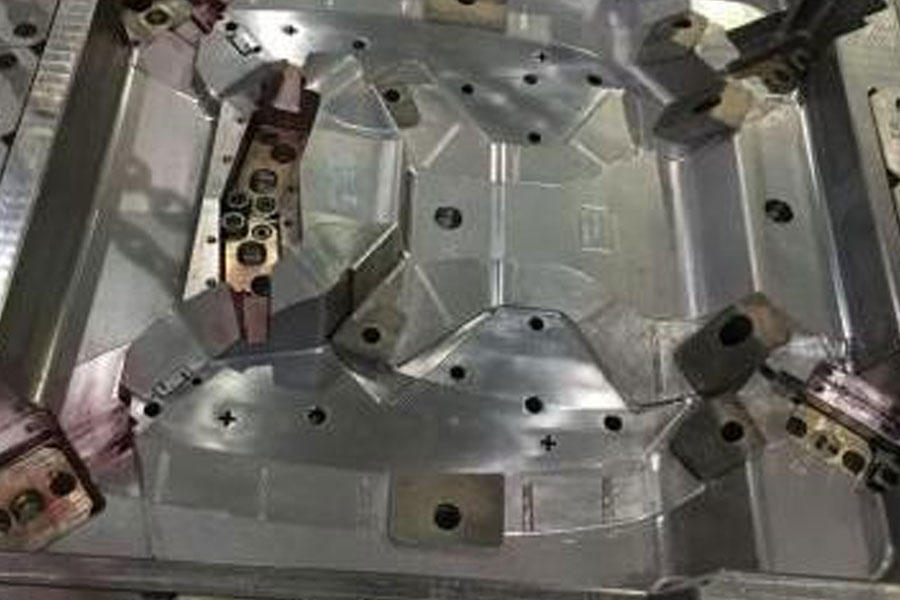1. For stamping parts with holes or gaps, when selecting a single-process die, the stamping parts processing plant usually blanks the material first and then punches or gaps. When selecting a progressive die, the blanking is arranged as the final process;
2. If there are two holes that are close to each other and of different sizes on the workpiece, punch the big hole first and then the small hole to avoid the deformation of the small hole caused by material deformation during the big hole punching;
3. For the bent parts with holes, in general, stamping parts processing plants can be punched first and then bent. When the hole is located in the bending deformation zone or close to the deformation zone, and the hole and the reference plane have higher requirements, they should Bending first and then punching;
4. For stamping parts with holes, the stamping parts processing plant generally stretches first and then punches. When the position of the hole is at the bottom of the workpiece and the dimensional accuracy of the hole is not high, it can be punched before deep drawing. Can reduce the number of deep drawing;
5. The bending sequence of multi-angle bending parts should be arranged according to the influence of material deformation and the deviation trend of the material during bending. Generally, the outer corners should be bent first and then the inner corners;
6. For complex deep drawing parts with rotating bodies, generally the large-size shape is first stretched, and then the small-size inner shape is stretched. For complex non-rotating deep-drawn parts, the small-size inner shape should be stretched first, and then Stretch the outer shape of large size;
7. The shaping process, leveling process, trimming process, etc., are all arranged after the basic forming;

Leave a Reply